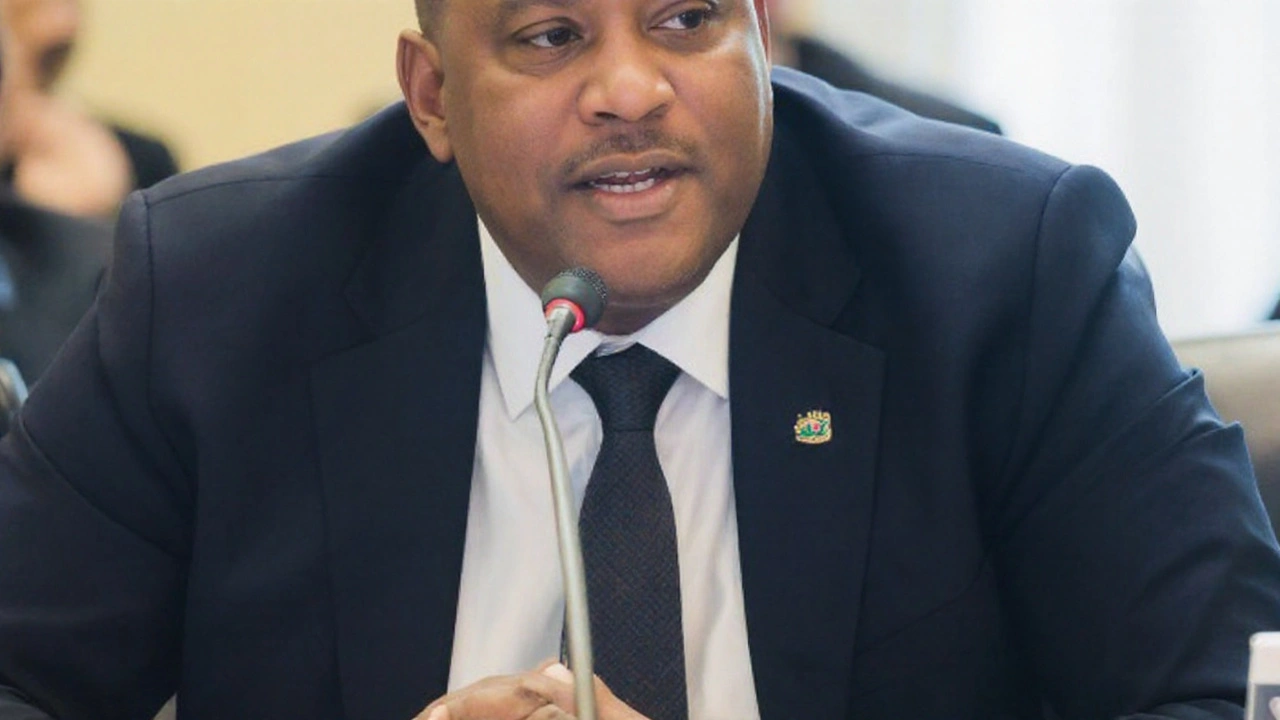Arts Funding Cuts Hit South Africa’s Cultural Scene
When the government slashes money for the arts, the ripple effects show up fast – galleries close, theatre productions shrink, and freelancers scramble for the next gig. In the last budget cycle, ministries reduced allocations to major cultural bodies by up to 30%, and the news has left many creators worrying about their next paycheck.
For a country that prides itself on music, dance, and visual art, the cuts feel like a signal that culture isn’t a priority. The immediate result is fewer grants for community projects, delayed payments for artists who rely on state subsidies, and a slowdown in new talent development programs.
What the cuts mean for artists and venues
First, independent theatres lose the safety net that allowed them to take creative risks. Without regular funding, they have to pick projects that guarantee ticket sales, which often means fewer experimental shows. Musicians who counted on touring grants now face higher travel costs and tighter rehearsal budgets, forcing some to cancel gigs altogether.
Second, visual artists see a drop in exhibition opportunities. Public museums and municipal art councils typically allocate funds for emerging artists, but with the budget squeeze, those slots disappear. Many artists turn to private sponsors, but not every niche can attract commercial interest.
Third, arts education suffers. Schools that offered after‑school drama or music programs relied on government subsidies to pay teachers and rent spaces. Cuts have led to program closures, leaving students with fewer chances to explore creative paths.
How to respond and find support
While the funding landscape looks bleak, there are ways to keep the creative wheels turning. Crowdfunding platforms have become a go‑to for theatre groups and musicians looking for short‑term cash. A well‑crafted campaign that tells a personal story can draw in local supporters who want to see their community’s culture alive.
Another option is to partner with businesses that share a brand‑alignment with the arts. Restaurants, breweries, and retail stores often host pop‑up shows or art displays in exchange for foot traffic. These mutually beneficial deals can fill the gap left by government funding.
Artists can also tap into regional grants from provincial bodies or international cultural programs. Many embassies and cultural institutes run artist‑in‑residence schemes that cover travel, accommodation, and a modest stipend. Applying to multiple sources spreads risk and increases the chance of securing at least one purse.
Finally, collective action matters. When arts organisations rally together, they can lobby more effectively for policy change. Forming coalitions, writing open letters, and meeting with local representatives put pressure on decision‑makers to reconsider cuts. Public awareness campaigns that highlight the economic contribution of the arts—tourism, job creation, and community cohesion—help shift the narrative that culture is a luxury.
In short, the recent funding cuts are a setback, but they also spark new ways of thinking about how art gets financed. By diversifying income streams, leveraging community support, and staying vocal about the sector’s value, South African artists can weather the storm and keep the country’s vibrant cultural heartbeat alive.
